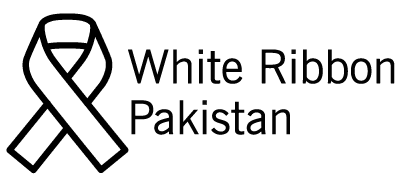Introduction
Physical violence against women in Pakistan’s backward areas remains a pressing issue, deeply rooted in cultural and societal norms. Women in these regions face abuse in multiple forms, often at the hands of their own family members. The treatment of wives, daughters, and even mothers highlights a dire need for awareness, legal reforms, and societal change.
The Reality of Violence Against Women
In many rural and conservative areas of Pakistan, women experience violence due to outdated traditions, lack of education, and male-dominated societal structures. Domestic abuse, honor killings, forced marriages, and psychological torment are rampant, with little to no legal consequences for perpetrators.
Forms of Abuse Faced by Women
- Domestic Violence
Many women are subjected to severe beatings and abuse by their husbands, often over minor issues or financial struggles. Due to societal pressure, most victims suffer in silence. - Honor Killings
Women accused of tarnishing the “family honor” are often killed by their own relatives. Such acts are justified by outdated beliefs and often go unpunished due to weak legal enforcement. - Forced Marriages and Child Marriages
Girls, sometimes as young as 12, are forced into marriages against their will. These marriages often lead to lifelong suffering, abuse, and suppression of basic human rights. - Psychological and Emotional Abuse
Women are often belittled, restricted from making their own decisions, and treated as inferior to men, leading to long-term emotional trauma.
The Role of Society and Legal System
Lack of Legal Protection
Despite laws such as the Domestic Violence (Prevention and Protection) Act, enforcement remains weak in rural areas. Many women are unaware of their legal rights, and even when cases are reported, justice is often delayed or denied.
Cultural Barriers
Traditional mindsets and patriarchal norms discourage women from speaking out. Fear of societal backlash, economic dependence, and family pressure often force victims to endure suffering rather than seek help.
The Need for Change
- Stronger Legal Enforcement
The government must ensure strict implementation of laws protecting women’s rights, along with swift punishment for offenders. - Education and Awareness Campaigns
Raising awareness about women’s rights through education and media can help break the cycle of violence. - Women Empowerment Initiatives
Providing women with financial independence through job opportunities and skill development programs can help them escape abusive environments. - Community Involvement
Encouraging community leaders, religious scholars, and local influencers to condemn violence against women can help shift societal norms.

